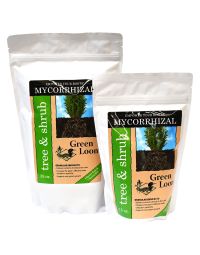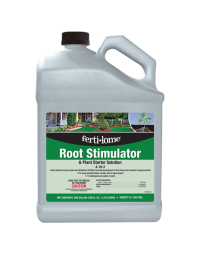Planting in clay or sandy soils can be challenging. Let the Gerten Experts help you. They both have drainage challenges. Clay drains slowly while sandy soil drains quickly.
Planting Instructions for Clay Soil
- Dig your planting hole 12" wider than the container or root ball, leaving 6" of space on all sides.
- Dig the hole shallower than the root ball - so the root ball sits about 3-6" above grade. Before planting your tree or shrub, loosen 3-6" of soil in the bottom of hole.
- Do not amend loosened soil.
- Remove container by laying plant on side and sliding container off of plant.
- Apply Mykes Tree & Shrub to the root ball and in the hole before planting your tree or shrub.
- GENTLY guide the plant into hole, making sure to set the tree or shrub in good upright position.
- Backfill the space around the root ball with existing soil that has been amended with about one cubic foot (per tree) of peat moss, compost or topsoil. Liquid or granular upstart may be added at this time as well.
- Now is the time to add Root Stimulator.
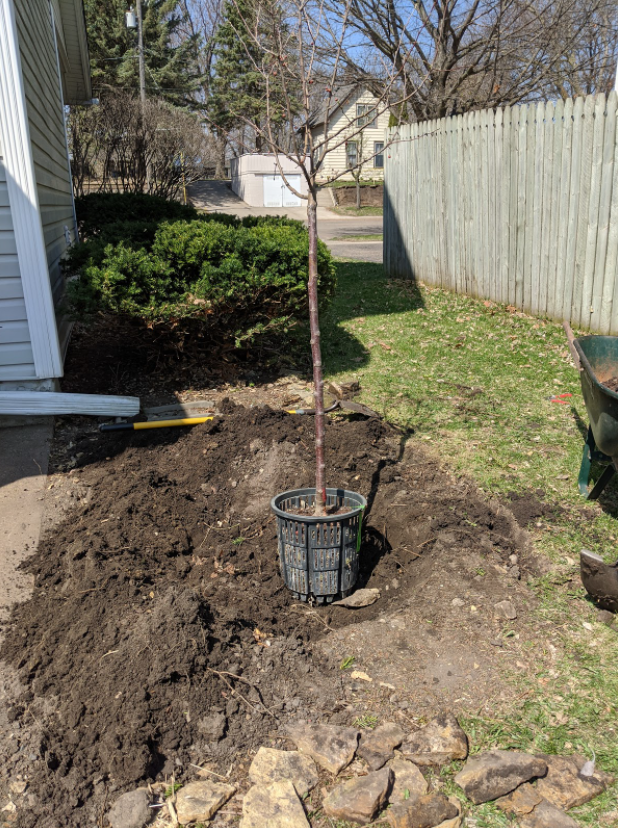
A wide enough hole, placing at the same depth (keeping root flare at the soil level)
For both sandy and clay soils, the trees bud graft should be ABOVE THE SOIL LINE. Shrubs should be planted at the same depth as grown at the nursery.
Finish the planting by placing three to six inches of mulch over the exposed soil around the base of the tree.
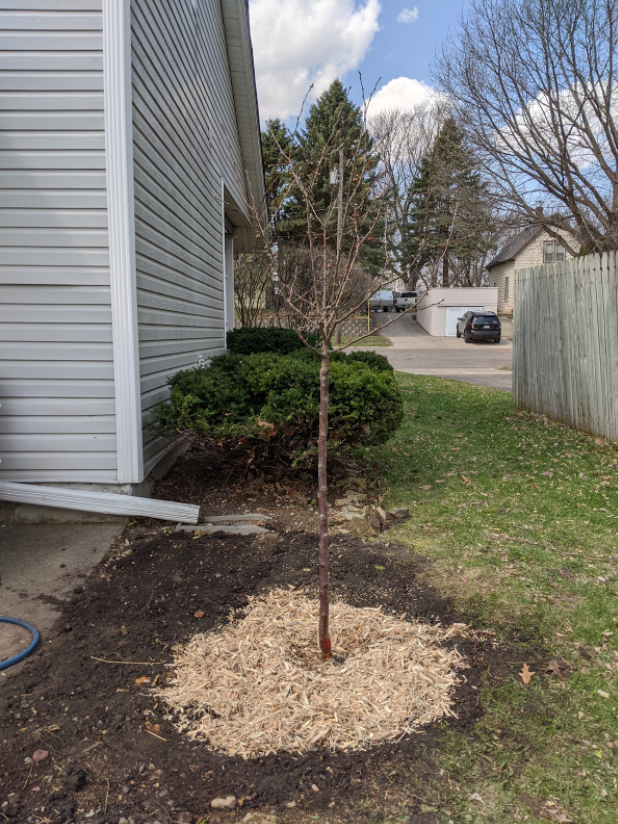
Mulch at least wide enough for the canopy of the tree or shrub
Watering and Maintenance
After the tree or shrub has been properly planted, it is important to water the plant, unless soils are already saturated with recent heavy rains. In this case it is advisable to wait a day or two before watering.
- To water a newly planted shrub or tree, insert a garden hose into the backfilled soil and slowly allow water to completely fill hole.
- Water should be administered to all newly-planted shrubs and trees on an "as-needed" basis throughout their entire first season. This is necessary because the plant's root system is not yet capable of supporting the plant.
- Do not overwater. Always check the moisture content of the surrounding soil before watering.
The most common causes of tree failure are over watering and damage from lawn mowers.
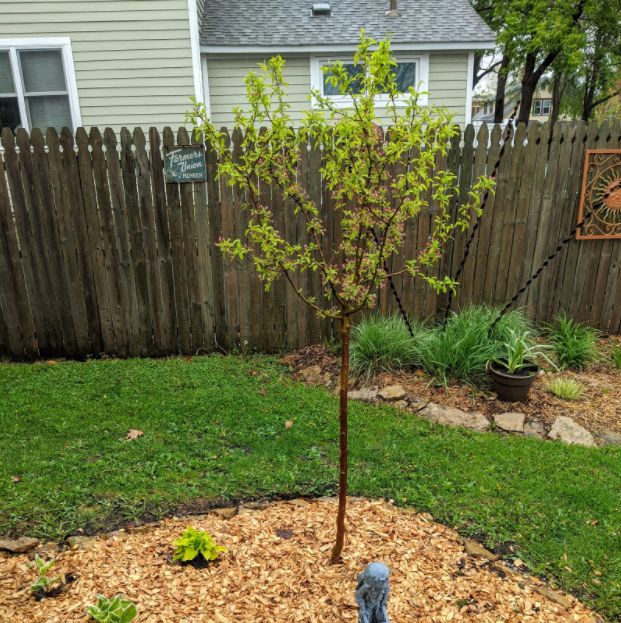
Fertilizing
- All trees and shrubs perform best with regular fertilization like Green Loon All Purpose Plant Food, beginning in early spring.
- Stop fertilizing shrubs and trees in August. This gives the plant time to slow down and harden before winter.
The experts at Gertens are always available to answer your questions!

